- 1. Óbidos Castle
- 2. Igreja de Santa Maria
- 3. Igreja-Livraria de Santiago
- 4. Igreja de São Pedro
- 5. Igreja da Misericórdia
- 6. Ginja de Óbidos
- 7. Rua Direita
- 8. Municipal Museum
- 9. Casa do Arco da Cadeia
- 10. Buddha Eden Garden
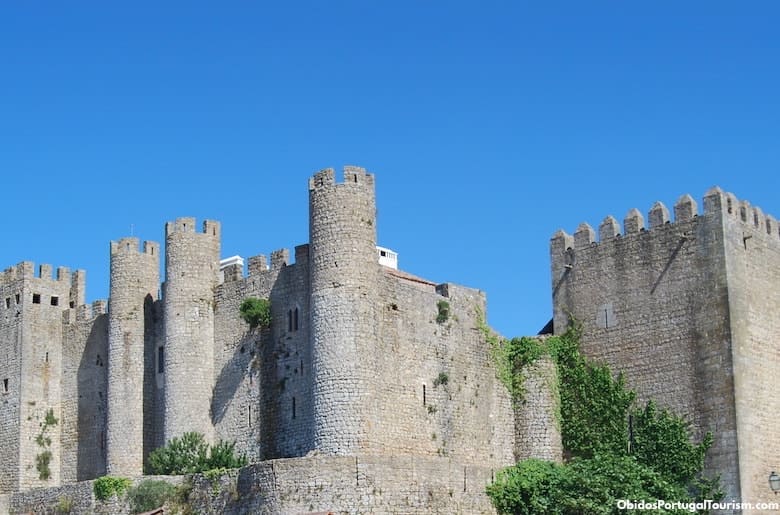
One of Portugal’s greatest medieval castles, it was once a royal palace but its stone interior has been restored and is now a hotel. The golden towers can be admired from outside, while the crenellated battlements and ramparts offer views of the surrounding valleys and over the whitewashed houses of the village.
See the Óbidos Castle Guide.
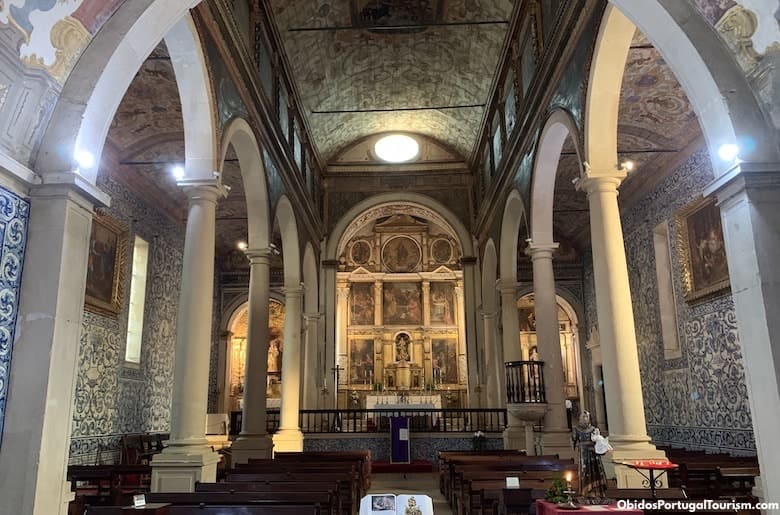
Located in the main square, this Renaissance church (where 10-year-old King Afonso V married his 8-year-old bride Isabel in 1444) is lined with 17th-century tile panels and paintings by the great local artist Josefa D’Óbidos.
See the Igreja de Santa Maria Guide.
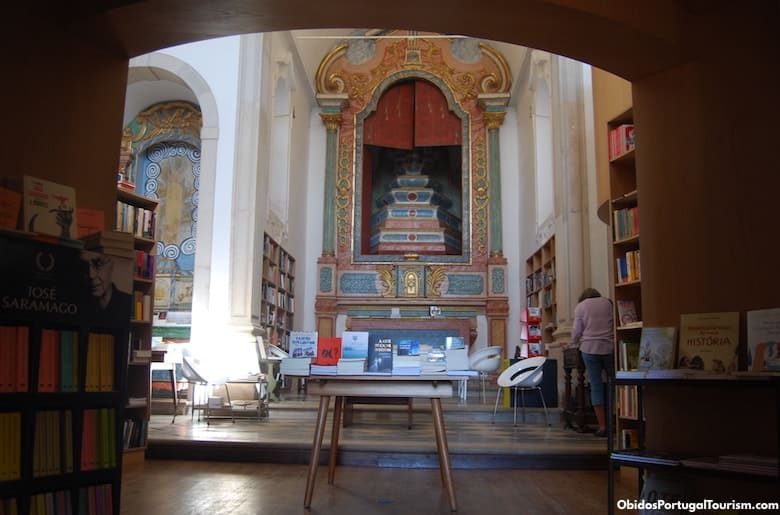
It’s a church that’s now a bookstore, retaining some of the original architectural elements, but mostly a place to look for books covering a variety of subjects, including local art and culture. Most of them are in Portuguese, but there are also English editions.
See the Igreja-Livraria de Santiago Guide.
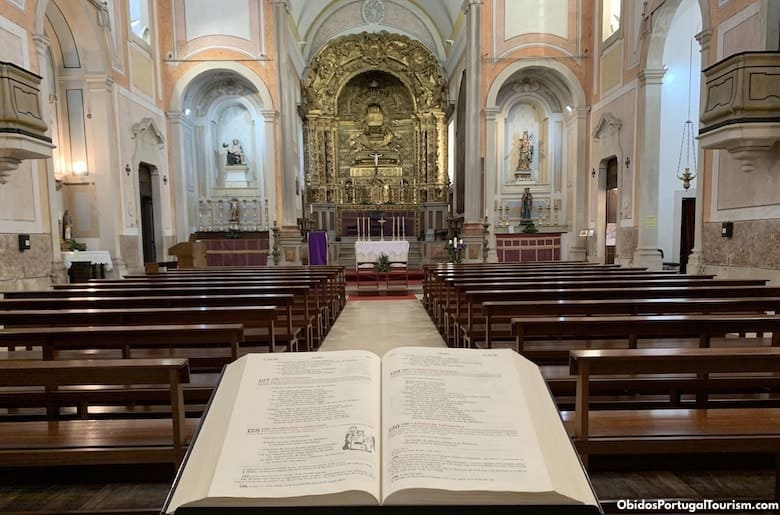
One of Portugal's greatest female artists, Josefa D’Óbidos, was entombed in this 13th-century church, which features a magnificent gold-covered retable.
See the Igreja de São Pedro Guide.
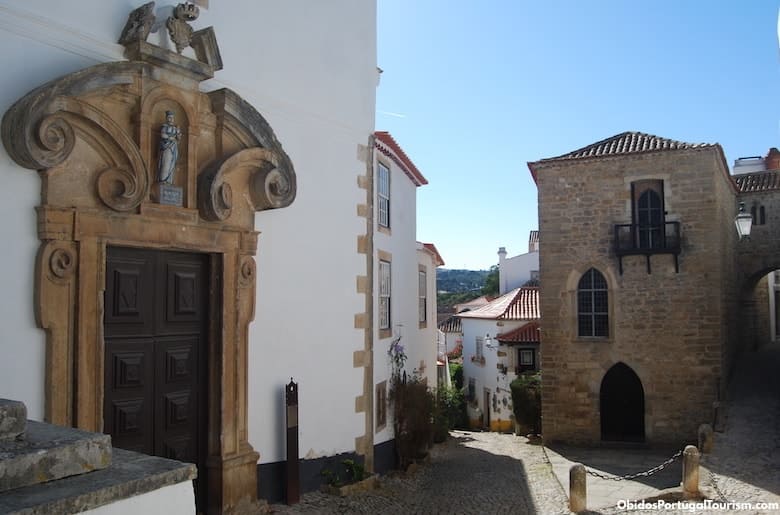
This is a church from 1498 that’s now also used for cultural events and as an exhibition space for local art. It stands next to one of the town's most curious medieval buildings, which was once a private residence and a synagogue.
See the Igreja da Misericórdia Guide.
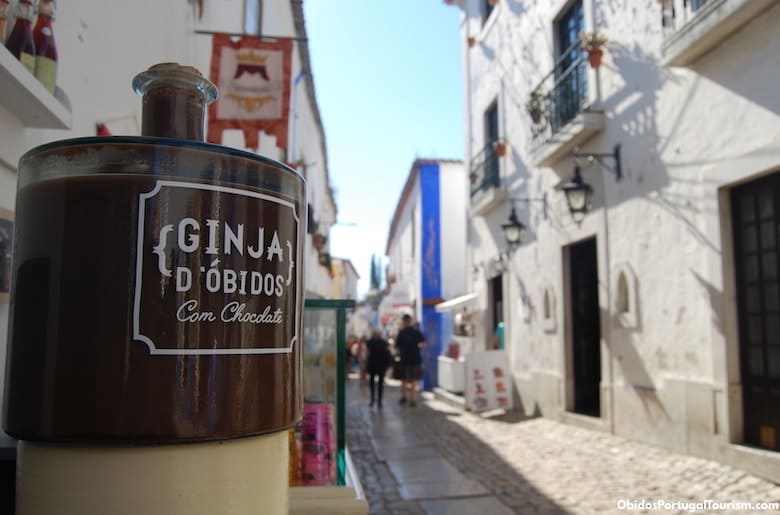
It’s now available in Lisbon and other parts of Portugal, but you can’t leave Óbidos without trying its famous drink -- a cherry liqueur that’s often served in a chocolate cup.
See the Ginja de Óbidos Guide.
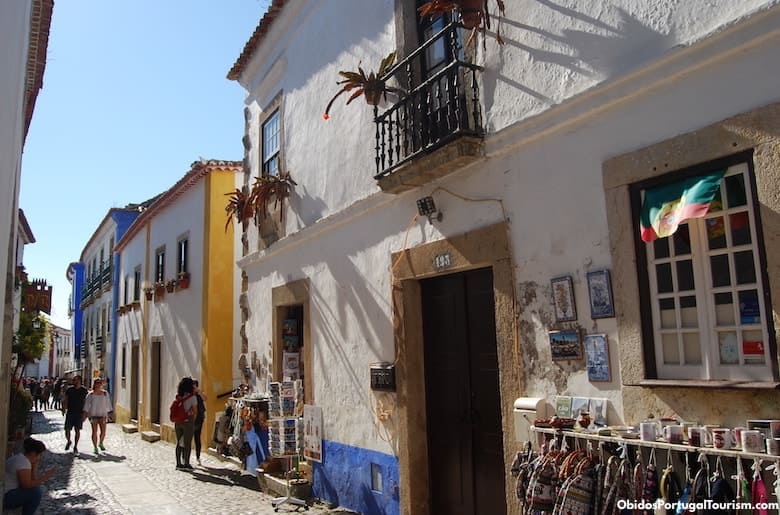
Óbidos' main street is filled with interesting architectural and decorative details, but its shops are also worth a look. The best buys are ceramics, embroideries, wine, and, of course, bottles of ginja.
See the Rua Direita Guide.
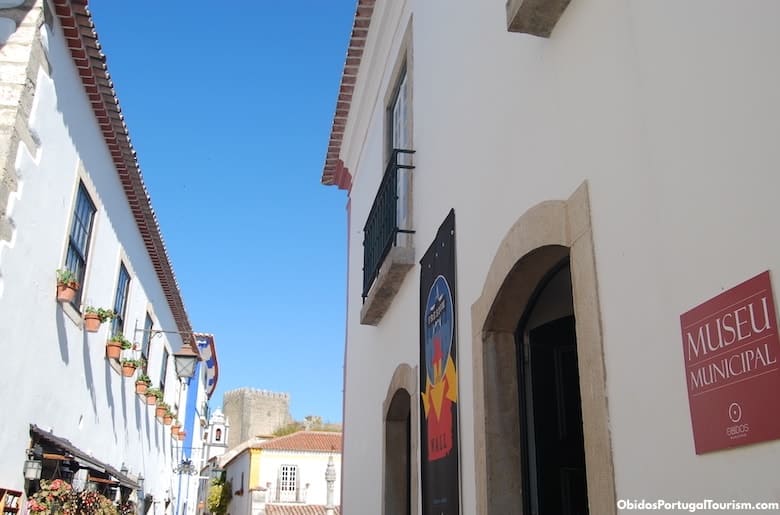
Many of Josefa D’Óbidos’ paintings are on display in this museum, together with several works from the 15th century onwards, plus mementos of the war against Napoleon, who suffered a major defeat close to Óbidos.
See the Municipal Museum Guide.
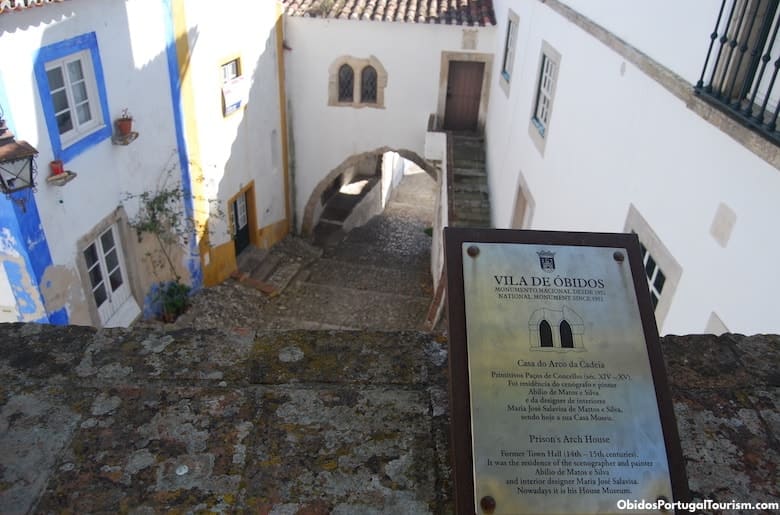
This postcard-pretty building is the 14th-century Town Hall and a former prison, and is now a small museum.
See the Casa do Arco da Cadeia Guide.
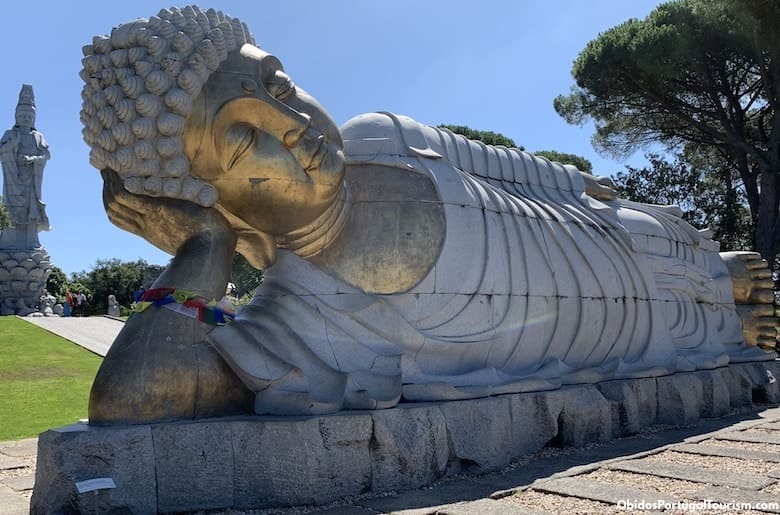
Europe’s largest Asian garden, with the continent’s largest collection of Buddhist statues, is just 15 minutes outside Óbidos. It’s a beautiful, surprising, and fascinating site that you won’t want to miss.
See the Buddha Eden Garden Guide.